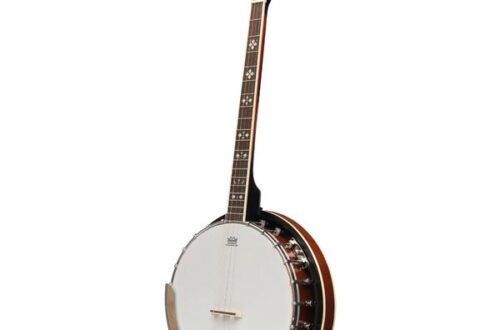The Influence of Euro American Artists on American Art
Since the sixteenth century, European art precedents have had an immense influence on American art. This selection of essays examines how this has affected relations among artists who sought refuge from discrimination by traveling to Europe while engaging with canonical sources in Europe.
As World War II raged on, fourteen painters left Europe for America as political refugees. When engaged with European art they offered both full-throated support as well as subtler interpretations.
John Trumbull
John Trumbull’s paintings grace the walls of numerous American museums, while his portrait of Alexander Hamilton found on the ten-dollar bill has been studied by generations of children. While Trumbull may be most widely recognized for his history paintings related to the American Revolution, he was also an accomplished portraitist and landscape painter.
Trumbull came from a prominent Connecticut family and endured an injury as a child that left him almost blind in one eye. Undeterred, his desire to become an artist remained undaunted; in 1780 he traveled to London in pursuit of studies with Benjamin West; while Gilbert Stuart focused on portraiture, Trumbull instead pursued historical compositions.
John Vanderlyn
Aaron Burr introduced John Vanderlyn to Gilbert Stuart, one of America’s foremost portrait painters. Vanderlyn studied under Stuart in Philadelphia before returning home where he sketched Niagara Falls for engraving purposes while practicing portraiture in New York and Washington.
Vanderlyn’s neoclassical style earned him a commission to paint The Landing of Columbus for the Capitol Rotunda, working out of Paris with assistants. Later, this painting would appear as an engraving on a 2-cent stamp in Columbian Issue 1893.
Vanderlyn was inspired to paint this painting due to his belief in its importance for representing American history through art. It depicted Columbus bringing civilization and Christianity to America as an expression of Manifest Destiny.
Beauford Delaney
Delaney managed to transform his experience of relative SoHo success, poverty, racism and alcoholism into expressive studies of light. Influenced by Palmer Hayden and Baldwin’s move from New York to Paris in 1948, Delaney followed in 1953 and saw his compositions transitioning from figurative compositions practiced in New York into Expressionist studies of light.
While still painting portraits, his interest in abstraction grew and his gouache paintings increasingly focused on pure light and color. Yellow became his signature hue evoking sunlight, spirituality, and apotheosis similar to Van Gogh’s use of it with his heliotropic sunflowers. Unfortunately in his final years he suffered mental illness before eventually succumbing to Saint Anne’s Hospital for the Insane where he died in 1979.
Bob Thompson
Bob Thompson employed unconventional means in the 1960s to subvert art historical canon and address universal themes. His works featured human and animal figures, wooded landscapes, theatrically compressed spaces and formal distortion or elimination to recontextualize works from Piero della Francesca, Masaccio and Francisco de Goya into new compositions that defied expectations and explored universal subjects.
After spending a summer with Red Grooms and Lester Johnson in Provincetown, Thompson relocated to New York where he quickly established himself among the downtown avant-garde scene, quickly befriending jazz musicians such as Amiri Baraka (then LeRoi Jones). Through visceral yet structured paintings he quickly established himself as an important figure; an African artist deconstructing old white art for more vibrant times.
Thompson’s deceptively subtle canvases contain hundreds of motifs from Western art history sourced and assembled into dense compositions with vibrant hues, both too subtle for parody but too assured to qualify as mere tributes.
Sarah Sze
Sarah Sze, born in Boston and the daughter of an architect, utilizes household objects and office supplies to craft intricate sculptures made out of everyday relics and office supplies. Each material possesses cosmic significance with stunning architectural detail.
Sze’s monumental, intricate constructions fill rooms and permeate walls with an intuitive sense of responsiveness to their environments, responding quickly and seamlessly. Her work combines drawing, architecture and improvisational systems into an impressive whole.
Untitled features a blue string that descends toward a vanishing point at the far corner of the gallery, passing by cups filled with dirt, little boxes containing screws, pills and shoes–arranged in accordance with Sze’s signature fussy compulsive aestheticism. Sze later published this book after his exhibition’s opening with extensive installation photographs and sketches as well as installation photos from before opening day.

